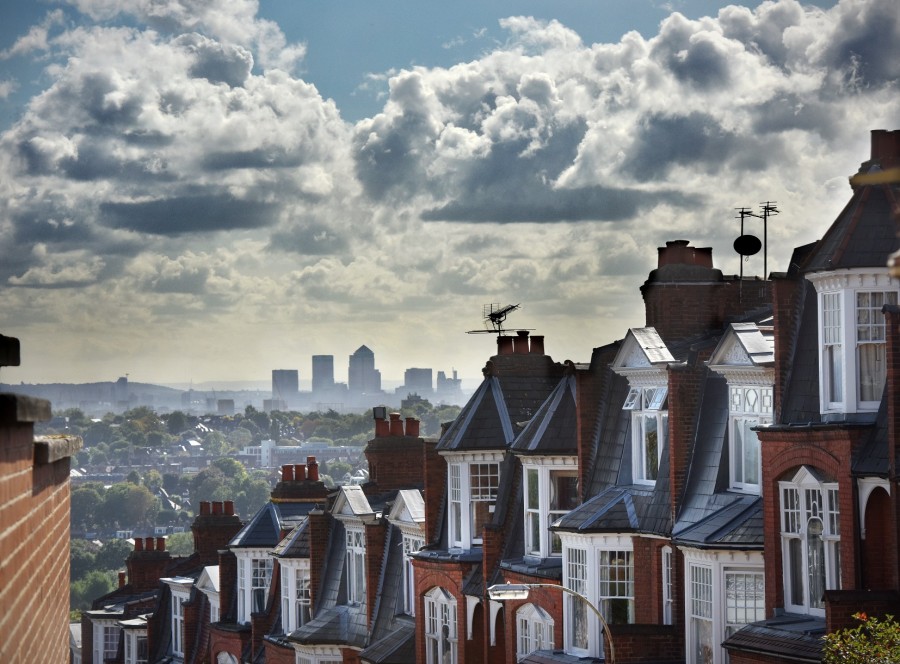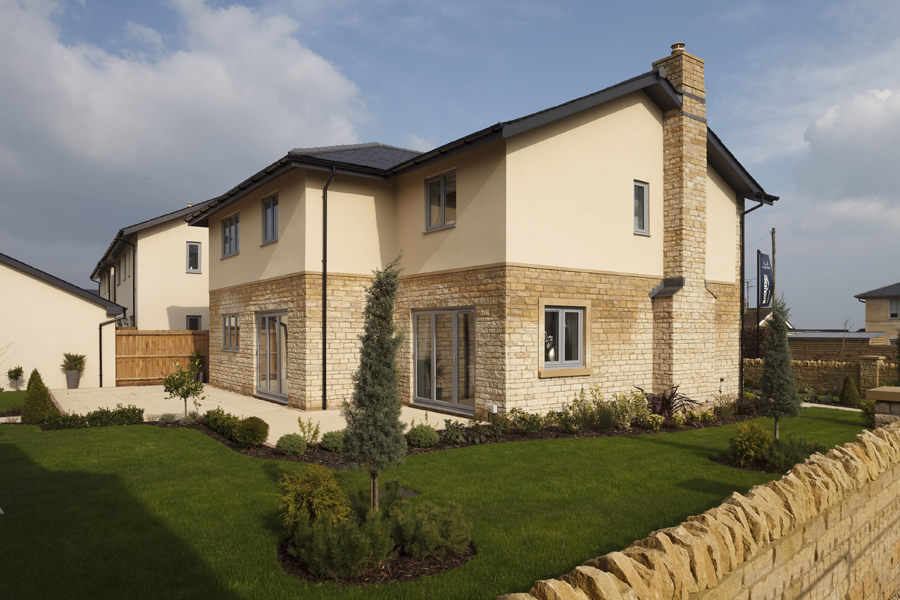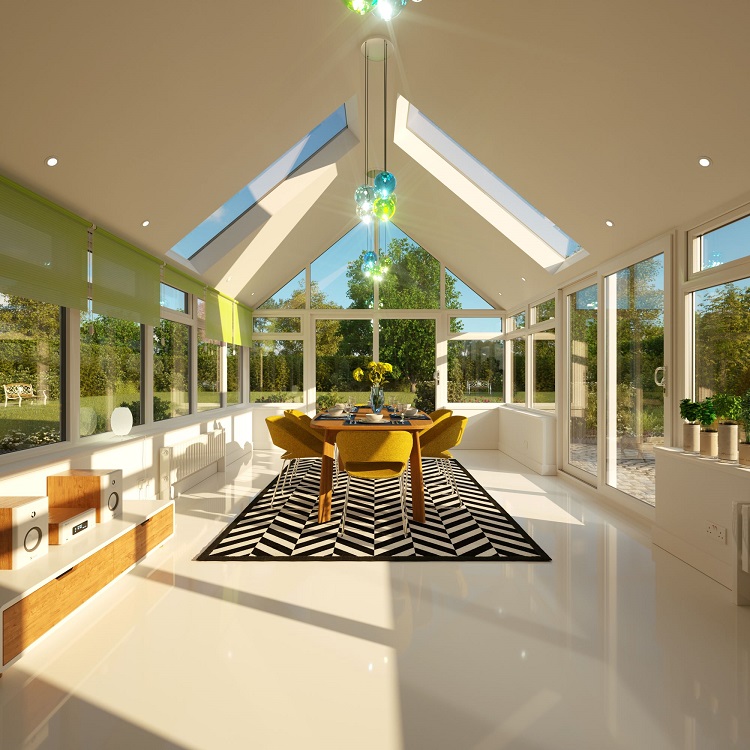
New
research has revealed that more than half of consumers believe it is
important that their home is made using environmentally-responsible
materials.
Conducted by Eurocell plc,
the UK’s leading manufacturer, distributor and recycler of PVC-U
window, door, conservatory and roofline systems, the research looked
into consumer attitudes towards sustainable building. When asked about
their preferred sustainability features, consumers identified
double/triple glazing as the most appealing (58%), followed by solar
panels (35%), energy efficient appliances (34%) and the use of recycled
and sustainable building products (22%).
One
of the key drivers behind this trend is the implementation of
sustainability features by developers, which are regularly being
incorporated into housebuilding voluntarily rather than as a result of
legislation.
Explaining
this trend, Steve Marshall, Architect Director and Head of Housing at
BDP commented: “Some of our local authority clients like to be seen as
leading the way and pushing standards when it comes to sustainability.
They need to be seen to be doing the right thing and as such will go
above and beyond minimum requirements. It might take time for this to
impact the standards that others build to, but this may happen asbuyers
start to ask why the council is offering something that private
developers are not.”
Whilst
housing developers are pushing this trend currently, a group of
architects presented with these statistics believe that consumer and
tenant demand is likely to be a driver for sustainable development in
the future. Despite this increased awareness it was highlighted by the
architects that, for homes to become more sustainable, consumers need
more education on what sustainability actually means in housing.
JamesRoberts, Project Architect at SimpsonHaugh, said: “It comes down towhat is tangible. People understand the concept of double glazing and smart meters, for example. However, if you look at the sustainability
credentials of the materials used, or how air tight a home is, these are less tangible yet can have an equally significant impact on how sustainable a home is. As such, willingness to invest in some ‘sustainable design features’ is likely to increase as the public’s understanding of them does. Some they will already be investing in, without appreciating it.”

What’s
clear is that sustainability means different things to different people
across the housebuilding industry. As such it is critical that the
sector works to both understand, and meet, the expectations of future
homeowners – especially as they become increasingly educated in this
area.You can see all of Eurocell’s findings from the survey in the Future Home Report which can be downloaded in full here https://www.eurocell.co.uk/whitepaper












